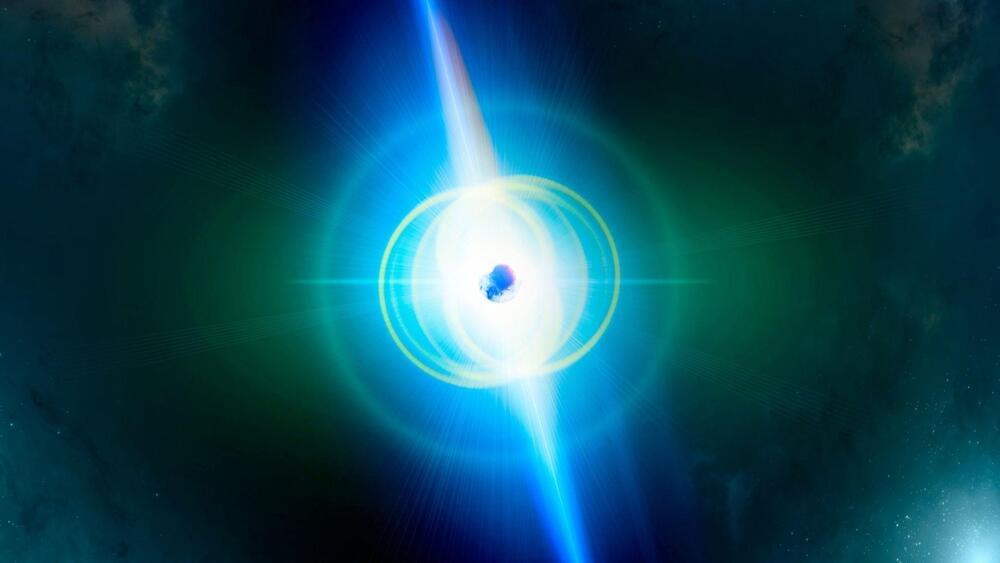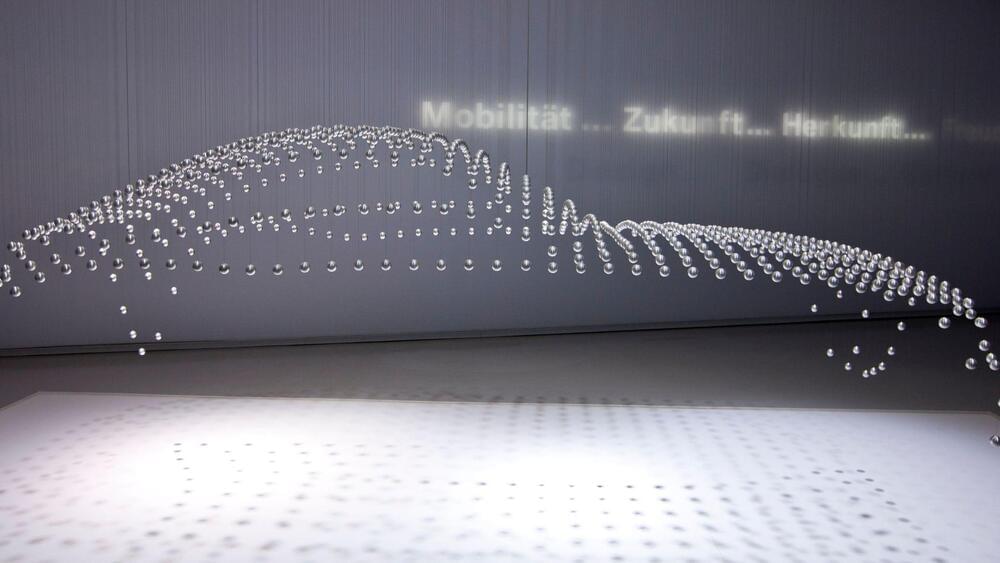Continental has won the innovation award at CES 2023 for the seventh consecutive year.
Continental AG, the German developer of pioneering technologies in mobility, has been picked to receive the Innovation Award for its Scenic View Heads-Up Display (HUD) at CES 2023, the company said in a press release. The CES is a technology trade show held in Las Vegas in January every year.
Continental.
Continental, a more than a century and a half old company, has developed technologies that enable safe, efficient, and intelligent movement of people and vehicles. According to its website, technologies developed by the company are used widely in popular brands such as Volkswagen, BMW, and Ford, including their recent offerings in the electric vehicle (EV) segment.






